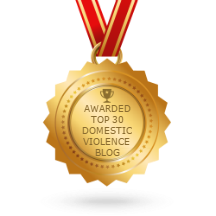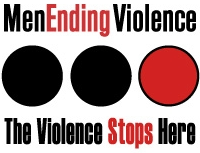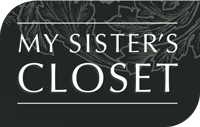One woman or girl is killed every other day in Canada and on average, every week a woman is killed by her intimate partner who is usually a man.
Unlike other criminal activity in Canada, for the last 40 years reports of violence against women and girls has increased. Recently, Jonathan Hayward from the Canadian Press wrote about the epidemic of violence against women and girls calling it “Everyday Terrorism” because of horrific frequency to which violence against women occurs in Canada.
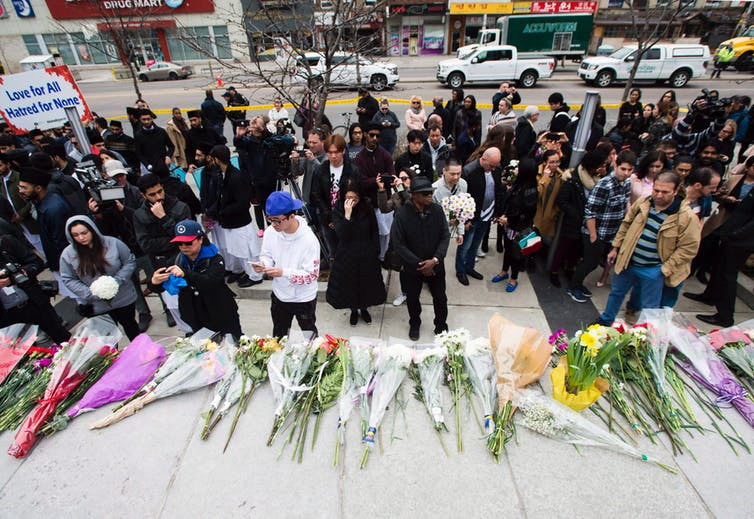
People read and pay tribute at a memorial for the victims along Yonge Street the day after a driver drove a rented van down sidewalks, striking pedestrians in his path, in Toronto in April 2018. THE CANADIAN PRESS/Nathan Denette
Hayword argues that as a society we must recognize that there are different forms of terrorism and the examples of the mass killings in Toronto this year and in 1989 mass femicide at École Polytechnique at the Université of Montréal are two examples of large scale terrorism against women, however, there is very little attention paid to violence against girls and when that happens daily in Canada.
Now more than ever we hear about incidences of gender based violence. According to Statistics Canada data released in July 2018 sexual assault reports increased across the country after the #MeToo movement went viral in October 2017. In B.C. alone, Non-violent sexual assaults reported to police went up by 16% and aggravated sexual assault reports increased by 45%.
The study found that the number of “unfounded” reports had dropped from one-in-five to one-in-seven between 2016 and 2017 which is an improvement following the investigative report Unfounded by The Globe and Mail which looked at how police in Canada dismiss one in five sexual assault claims as baseless.
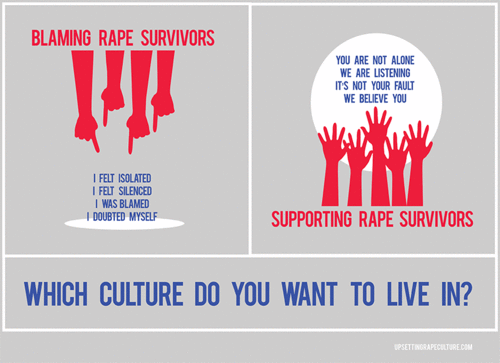
We must also remember women who experience marginalization in Canada, as Alexandra Collins details, even with the increased coverage of sexual assault and violence against women following #MeToo, the experiences of Indigenous women, poor women, racialized women, women and girls who are incarcerated, women who sell sex and women who use drugs are still largely ignored.
“Violence against poor women in Vancouver remains normalized and pervasive. It isn’t something that can be escaped, as it extends into low-income housing and is reinforced through low-income male-centered housing models, building policies and surveillance tactics (or lack thereof)”. –Alexandra Collins
Canada needs to do more in support of women and girls who experience violence. Undoubtedly, violence against women and girls remains an ongoing human rights violation. We must recognize that women are not experiencing to violence by accident or because of a natural vulnerability –rather, violence against women is the result of structural, deep-rooted discrimination and cultural norms. As individuals, community and society we must commit to ending gender based violence in Canada.
While there is definitely a need for societal attitudes to shift in order to overcome the problematic attitudes and beliefs that leads to male violence against women, trans women and gender non-binary folks. Various policies and practices need to change in Canada in support of violence prevention and survivors.

Jan Logie, centre, welcomes the passing of legislation in New Zealand to give domestic violence victims 10 days of paid leave. Photograph: Green Party
Just a few weeks ago, New Zealand, Aotearoa passed legislation granting survivors of intimate partner violence 10 days paid leave to allow them to leave their abusive partners, find new homes and protect themselves and their children. In Canada, laws providing paid leave in such cases already exist in the provinces of Manitoba and Ontario, British Columbia and all other provinces and territories should also follow suit, this move would powerfully increase women’s safety.
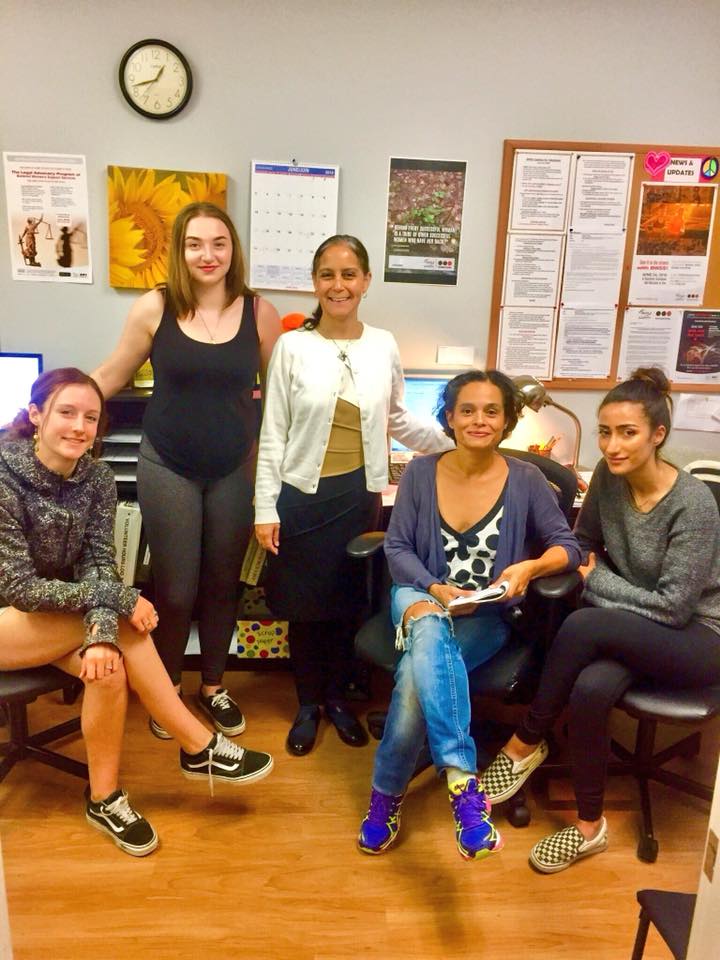
Articles Referenced
‘One woman or girl every other day’: 57 women killed in Canada this year
Everyday terrorism: A woman or girl is killed every other day in Canada
Reports of sex assault in B.C. spike after #MeToo goes viral: Stats Canada
‘A huge win’: New Zealand brings in paid domestic violence leave
Canada’s Housing Crisis Brings Violence to Poor Women
Unfounded: Why police dismiss 1 in 5 sexual assault claims as baseless
See the home sweet home video that went viral in April.
Donate to our life saving services


